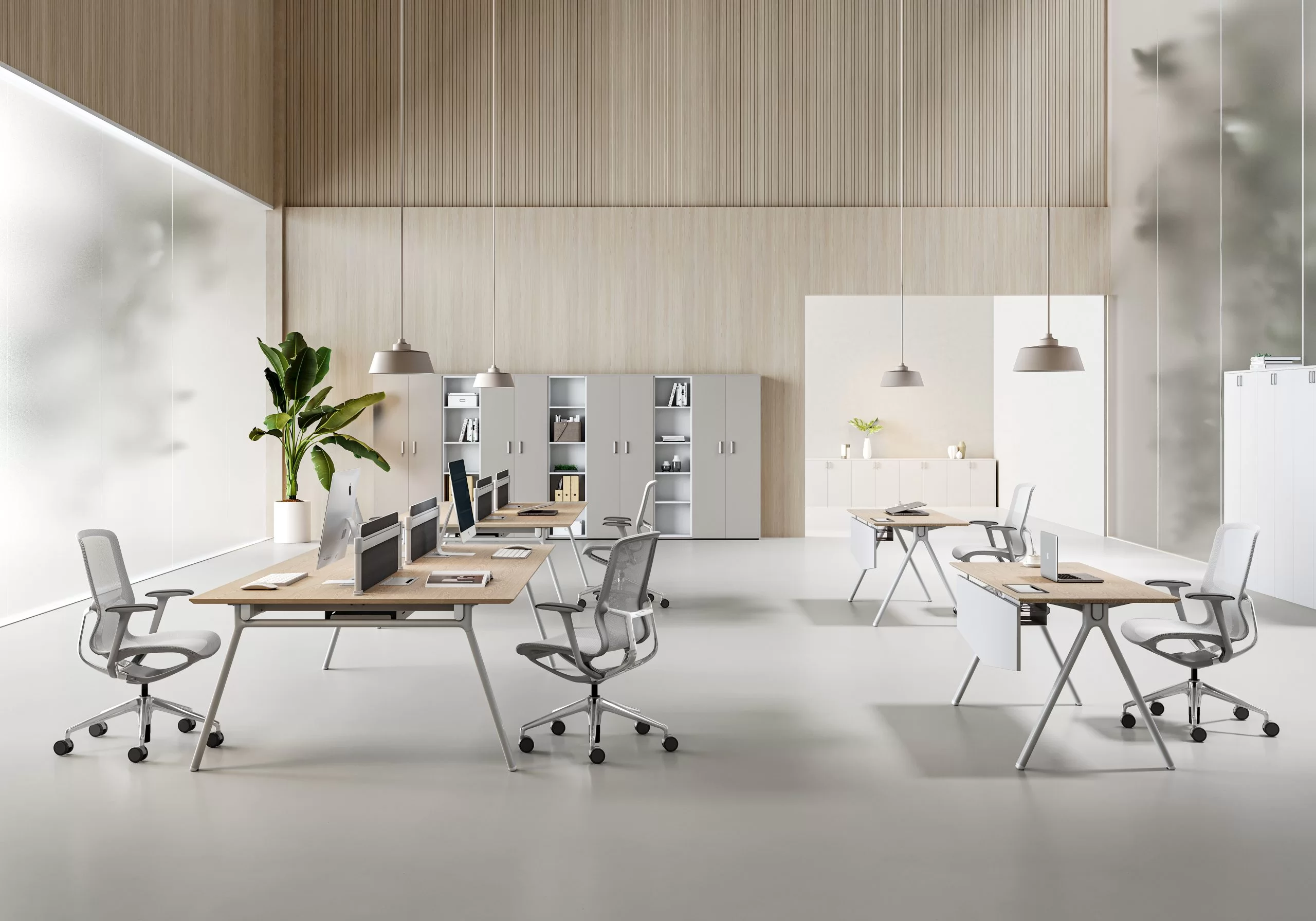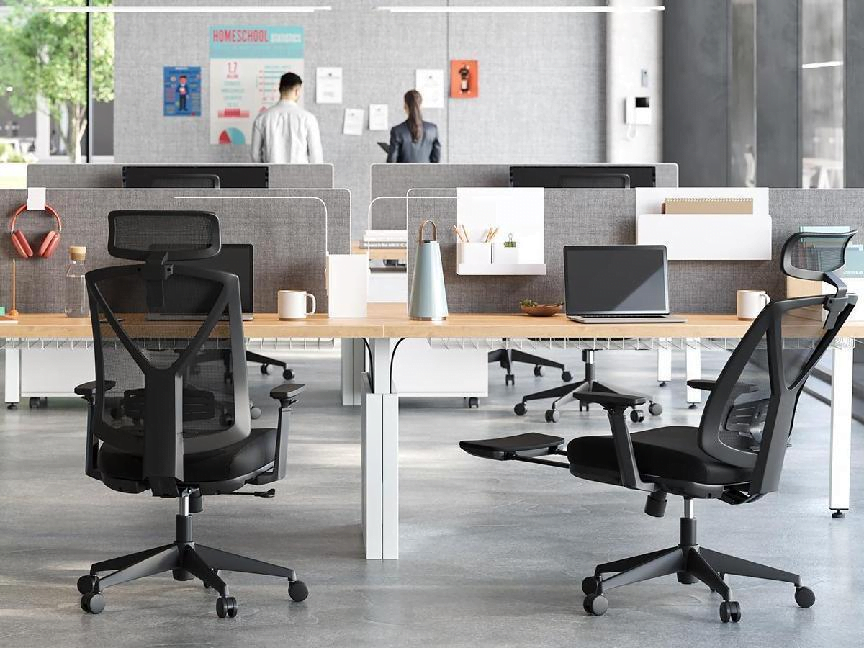In the modern workplace, office space layout can impact the overall success of a business. Employees must bear noise disturbances, overcrowding, or improper workstation layout if the office space is poorly designed. Worse, they may find it difficult to concentrate, reducing work efficiency. It can also impact their loyalty to the company. If you are considering office space planning, check out this guide!
This article will explore:
- Importance of office space planning
- Benefits
- Common mistakes to avoid
- Effective design strategies
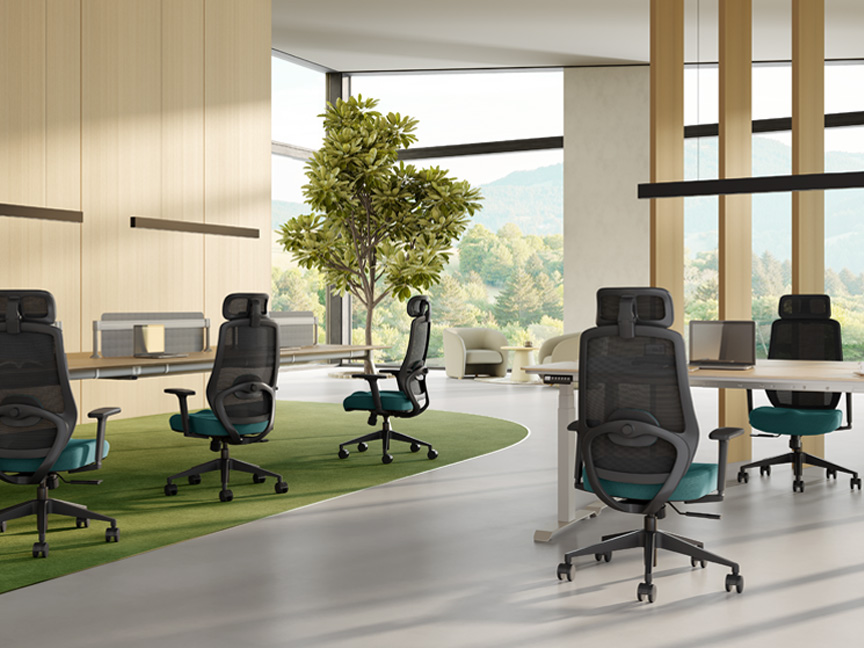
What Is Office Space Planning?
Office space planning is crucial. It organizes the office layout. Workstations are configured. Public and private areas are balanced. Technological facilities are integrated. In a modern setting, this planning is key. It involves considering the needs of the business, the work processes, and the employees who will occupy the space.
The Benefits of Effective Office Space Planning
1. Increased Productivity
A well-designed office space can reduce distractions and encourage focus, leading to higher productivity.
2. Enhanced Employee Well-being
Comfortable and ergonomic workspaces can improve employee health and happiness, reducing absenteeism and turnover.
3. Better Use of Resources and Space
Effective planning ensures that every square foot is utilized efficiently, reducing the need for additional space and associated costs.
Six Deadly Mistakes in Office Space Planning
1. Lack of Employee Input
When planning an office, disregarding the feedback and suggestions of employees can result in a workspace that does not meet their actual needs. For example, employees might need more private spaces for focused work or additional collaboration areas to enhance team interaction. Without input from employees, the final design may fail to harness their potential and reduce work efficiency.
2. Inadequate Space Utilization
If specific tasks and activities are not considered during the planning process, it may lead to improper use or vacancy of certain areas. For example, the size of a meeting room may not be suitable for the number of people booked, or the rest area may not be sufficient to meet the needs of peak periods. Such mistakes waste office space and potentially result in cost losses. Statistics show companies miss half their space usage. They lack good planning tech. This costs them $300,000 a year. Unused office space is the problem.
3.Ignoring Ergonomics
Office designs not focusing on ergonomics can directly affect employees' physical health. For instance, inappropriate desk and chair heights, lack of adequate support and adjustment features, and repetitive work postures can lead to musculoskeletal issues, neck and back pain, and other related health problems.
Please also check Insights on Optimal Office Chair Heights for Desk Work
4. Overcrowding
Offices with excessive staff density can cause employee discomfort and impact work efficiency. Moreover, corridors and passageways may become difficult to navigate due to crowding, potentially hindering safe evacuation in emergencies.
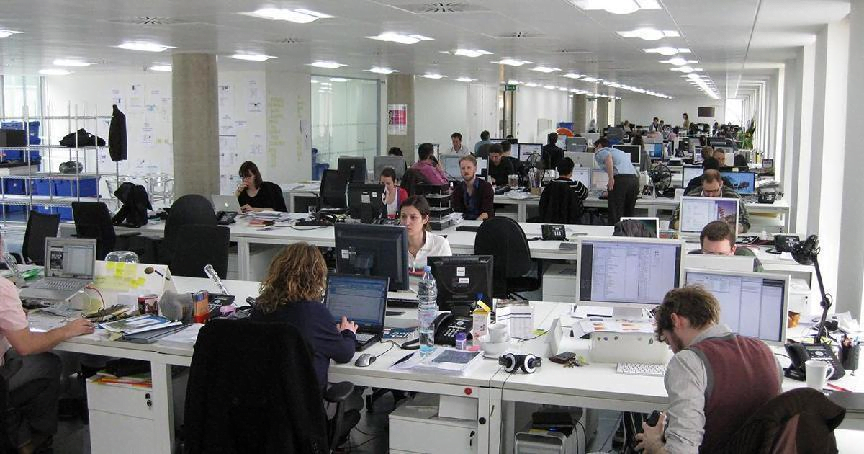
5. Ignoring Lighting
Adequate lighting is essential for establishing a pleasant workplace atmosphere. Inappropriate lighting can cause glare, shadows, and reflections, affecting employees' vision and concentration. The lack of natural light and improper use of artificial lighting can also impact people's mood, thereby affecting overall job performance.
6. Neglecting Technology Integration
Technology advances. Office gear and systems need updates and integration. Ignoring this can cause internet issues, a lack of multimedia in meetings, and the inability to support remote workers. These tech problems disrupt work and can embarrass during client meetings or presentations.
Effective Office Design Layout
An effective office space planning should take into consideration the following factors to ensure it promotes work efficiency as well as meets the comfort and needs of the employees:
1. Open and Closed Spaces
Create open areas to encourage team collaboration and communication. Also, private spaces or small enclosures should be provided for tasks requiring high concentration and minimal distractions. This balance supports both teamwork and individual focus. This layout helps to balance the demands of teamwork and individual tasks.
2. Natural Light
Maximizing natural light conserves energy and enhances employee mood and productivity. Large windows or transparent partition walls allow daylight to reach the inner office areas. Automatic window shades and sun-blocking devices help manage the light's intensity. This combination optimizes natural lighting in the workspace.
3. Furniture and Equipment
Select ergonomic furniture for long work hours. Opt for adjustable office chairs and desks that align with the body's natural curves. This helps to minimize musculoskeletal problems related to work. Also, ensure each workstation has necessary facilities like ample storage space, document management, and power outlets.
4. Circulation and Flow
Design efficient pathways and corridors so employees' movements within the office are as short and quick as possible, reducing unnecessary walking distances. This can save valuable time and minimize disruptions during a busy workday.
5. Technology Infrastructure
Ensure an adequate layout of wires, network connection points, and wireless access points to support the networking needs of various modern work tools, including computers, smartphones, tablets, and other devices. Additionally, reserve space and conduits will facilitate future technological upgrades.
6. Art and Decor
Decorate the office with artwork, color schemes, and indoor plants. This improves the office's overall atmosphere. It also reflects the company's culture and values. The space becomes more lively and inspiring.
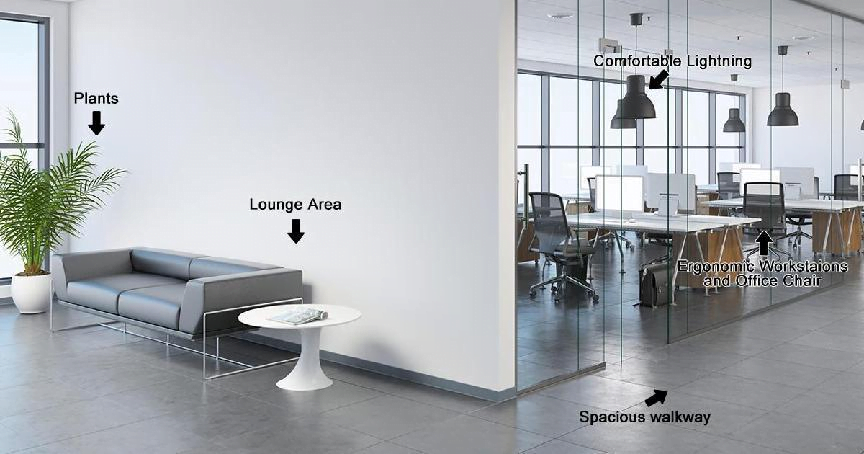
Conclusion
Avoiding the six deadly mistakes in office space planning is crucial. A well-thought-out office space plan can significantly enhance the work environment, contributing to the success of a business. Follow office space planning guidelines and layout examples in this article. They will help you design an office space that boosts productivity and employee well-being. Ergonomic office chairs are also the key to effective office layout planning. For more office chairs, please contact us.
